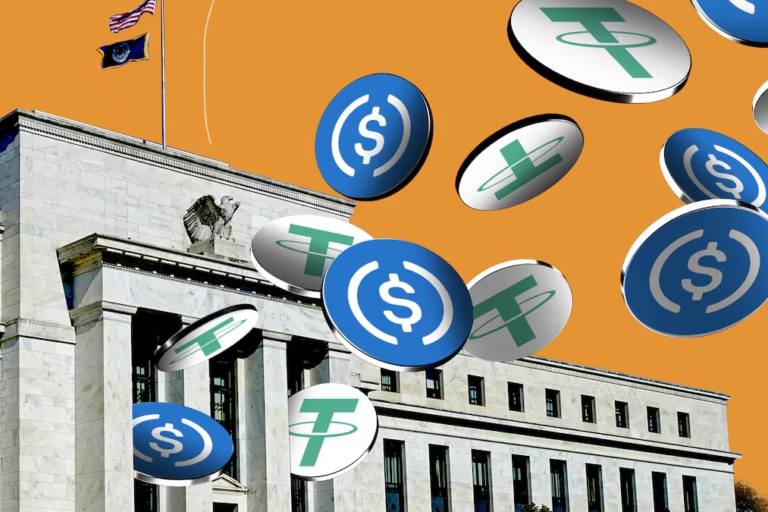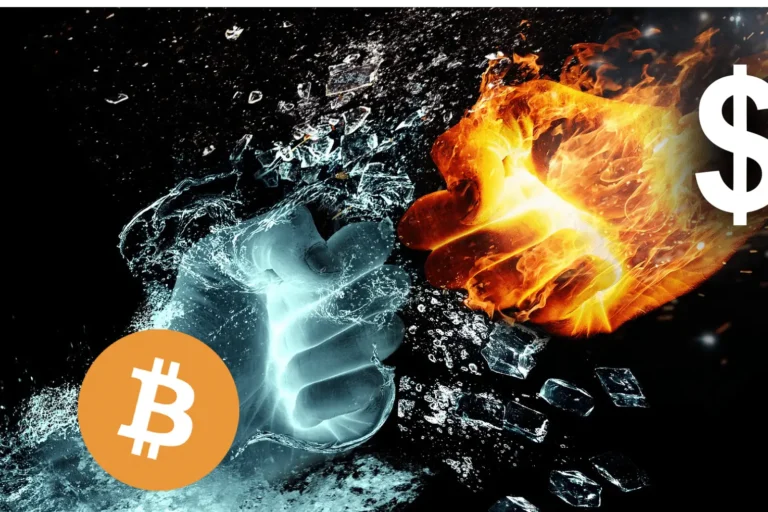In the crypto world, new projects often arrive like blockbuster movie premieres. Some fade quietly, while others become global sensations. Back in 2021, one of the loudest arrivals was LUNA, the native token of the Terra blockchain. It promised to change the way stablecoins worked and, for a while, it really looked like the future of money. Then, in 2022, it collapsed in one of the fastest and most dramatic downfalls the industry had ever seen.
I want to walk you through that story in a way that’s easy to follow. By the end, you will not only understand what happened but also why it matters so much for anyone interested in crypto.
What LUNA Was All About
At its heart, LUNA was designed to support TerraUSD (UST), a type of cryptocurrency called an algorithmic stablecoin. If that term sounds complicated, think of it this way:
Stablecoins are supposed to be the calm, steady ships in the choppy waters of crypto. While Bitcoin and Ethereum can rise or fall wildly, a stablecoin is pegged to something stable, usually the U.S. dollar. One stablecoin equals one dollar, no matter what storms the market is going through.
Most stablecoins keep that promise by holding actual dollars or assets in reserve. UST was different. It didn’t hold a single dollar in a bank account. Instead, it relied on a balancing act with LUNA, controlled by smart contracts. It was like a tightrope walker keeping balance without a safety net.
The Clever Balancing Trick

Here is how it worked. Imagine a seesaw. On one side sits UST, on the other sits LUNA. If UST drops below $1, you can swap it for $1 worth of LUNA. If UST rises above $1, you can swap LUNA for UST. This constant ability to trade between them was meant to keep UST glued to its $1 value. Traders could profit from small differences, and in doing so, they helped keep the system balanced.
To make the whole thing even more attractive, the Anchor Protocol came in. Anchor was like a high-yield savings account for UST, offering close to 20% interest. In the real world, banks usually give you less than 1% on savings. So when Anchor waved a juicy 20% at people, it was no surprise that billions of dollars in UST flooded in. For a while, everything looked perfect.
The Cracks Begin to Show
But here’s the thing about high returns: they often come with hidden risks. That 20% wasn’t magic money. It was heavily subsidized by Terra’s own funds, costing millions of dollars per day. Just like a shop offering huge discounts to attract customers, sooner or later the shop’s owner runs out of cash.
By early May 2022, cracks started to appear. Confidence began to slip. On May 7, large investors withdrew huge amounts of UST from Anchor. That was the first push that sent the tightrope walker swaying.
The Death Spiral

Once UST dipped below $1, traders rushed to swap it for LUNA, hoping to profit. But here’s the problem: the system kept minting more and more LUNA to meet those swaps. The more LUNA flooded into the market, the lower its price went. And as LUNA’s price dropped, the value supporting UST became weaker. This made UST fall even further, which created more panic and even more selling.
It was like a snowball rolling downhill, growing bigger and faster with each turn. Within just a few days, UST’s price had plunged to a few cents. LUNA, which had been worth over $100 at its peak, was now trading at almost nothing. In total, an estimated 40 billion dollars in market value evaporated in about a week.
A Digital Bank Run
If this sounds familiar, it’s because it works a lot like a bank run. In the traditional world, if people fear their bank might fail, they rush to withdraw their savings. The more people withdraw, the more the bank struggles, and the panic grows. The difference here was that LUNA and UST had no regulator, no government safety net, and no emergency cash injection to save them. The only thing holding it all together was trust. When that trust broke, there was nothing left to stop the fall.
The Aftermath

The collapse shook the crypto world. Some people lost life savings overnight. Crypto exchanges scrambled to handle the chaos. News outlets across the globe covered the story, calling it one of the largest losses in crypto history.
Regulators stepped in quickly. Lawsuits followed. In 2023, the U.S. Securities and Exchange Commission accused Terraform Labs and its founder, Do Kwon, of fraud. After months of legal battles, Do Kwon was arrested and, in August 2025, pleaded guilty to charges including conspiracy and securities fraud. He now faces up to 12 years in prison.
I remember seeing a post on X (formerly Twitter) from a crypto commentator on the very day LUNA crashed to zero. It simply said: “The day LUNA crashed to $0 was an important reminder of crypto’s risks.” Short and to the point, but it captured exactly what many of us felt in that moment.
The Lessons We Can Take Away
From my perspective, LUNA’s collapse offers several lessons that go far beyond this single project.
First, if something offers unusually high returns for something that’s supposed to be safe, stop and ask how it’s possible. In most cases, the numbers don’t add up forever.
Second, when stability depends entirely on trust and not on actual reserves, it can vanish faster than you think. UST had no real-world backing. It was entirely dependent on the market value of LUNA, and that was too fragile to handle a crisis.
Third, while decentralization and innovation are exciting, some form of oversight can prevent disasters. Without checks and balances, the risk of total collapse is always present.
So..

Terra Luna cryptocurrency symbol, logo. Business and financial concept. Hand with smartphone, screen with crypto icon closeup
When LUNA first appeared, it felt like a glimpse into the future of money. An elegant system, run by code, free from traditional banks. For a while, it worked beautifully. But as with any balancing act, it only takes one wrong step to send everything tumbling.
I look back at LUNA’s story with mixed feelings. It was a brilliant idea, yet also a perfect example of how ambition without solid foundations can end badly. For newcomers to crypto, it’s a reminder to stay curious but also cautious. Ask the hard questions. Understand what you are investing in. And never forget that even in a digital world, the oldest rule of finance still applies: if it looks too good to be true, it probably is.



